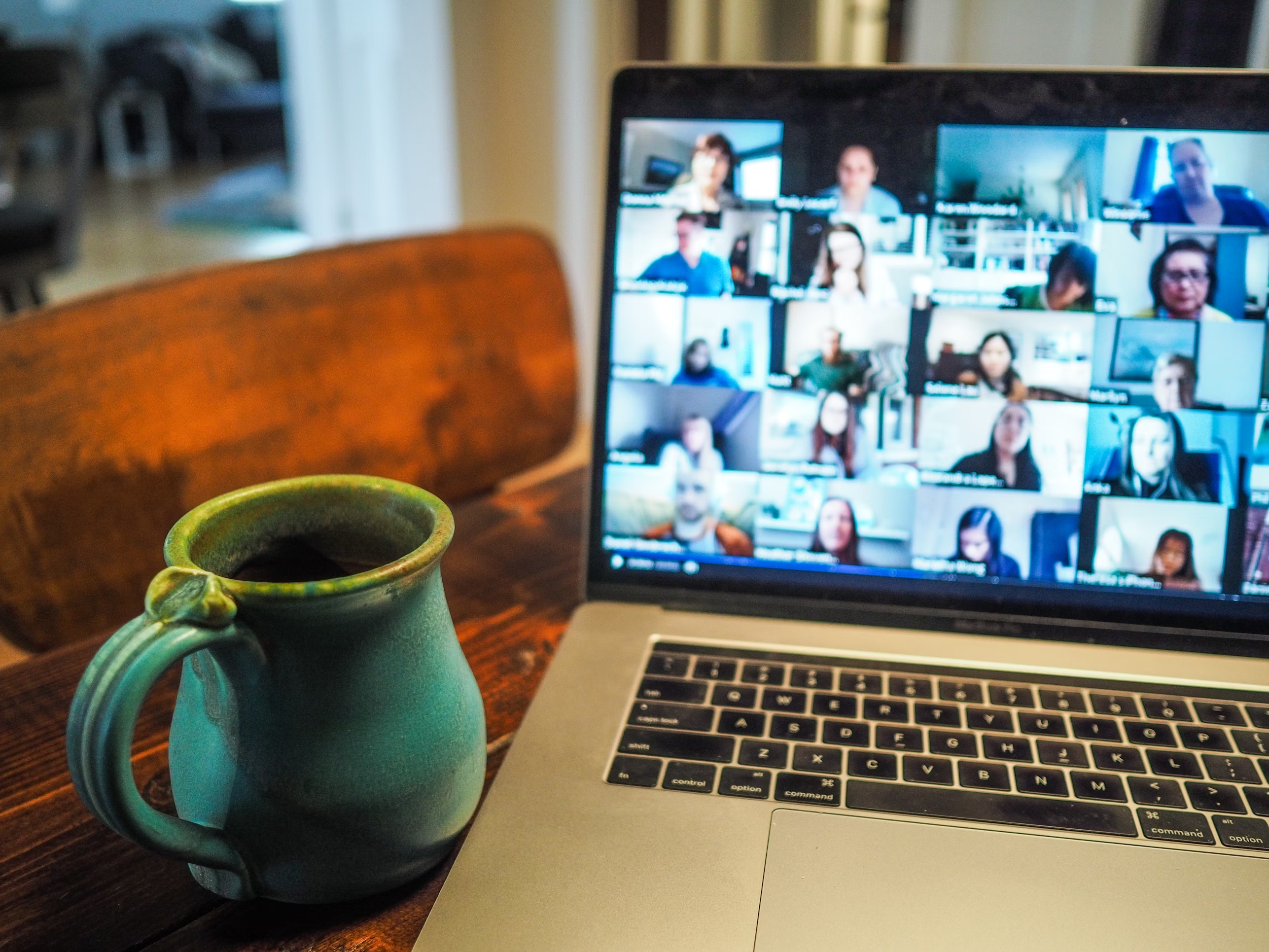
Virtual rehabilitation provides benefits for stroke recovery
Project Description
Dr. Brodie Sakakibara, CCDPM Investigator, recently led a national team of researchers, clinicians and people with lived experiences to evaluate the feasibility of a telerehabilitation program with aims to improve lower extremity recovery poststroke.
“More people are surviving a stroke and the need for accessible rehabilitation regardless of geographic location is increasingly important,” says Dr. Sakakibara. “This program harnesses technology, the expertise of clinical therapists and the motivation of individuals to improve stroke recovery.”
For the study, more than 32 participants, all who had experienced a stroke within the past 18 months, received eight telerehabilitation sessions via videoconference with a trained physical therapist. The research team focused their efforts on improving lower body mobility through standardized exercises combined with self-management supports.
“Overall, participants saw improvements in their mobility and strength, and made noticeable progress towards their rehabilitation goals,” says co-investigator Dr. Ada Tang, an Associate Professor with the School of Rehabilitation Sciences at McMaster University. “They also gained self-management skills to empower themselves and maintain their achievements moving forward.”
While many virtual rehabilitation programs developed out of necessity during the COVID-19 pandemic, programs like this have demonstrated feasibility and increased accessibility to patients. Especially those living in rural and remote areas.
Research Places
3272 University Way UNC 222, Kelowna, BC V1V 1V8, Canada
February 2, 2005 - Present
The Campus Wellness Project
Resources
Display Name
File
File
CZamm4gWK4iSRwqcxG6FP1/prime,admin_ugcv(Lifetime)_2024-07-09 (7).docx